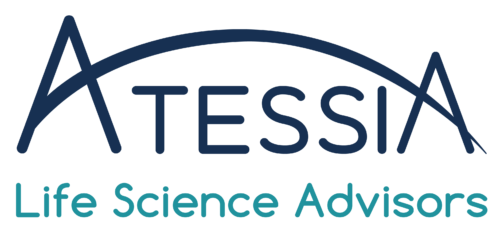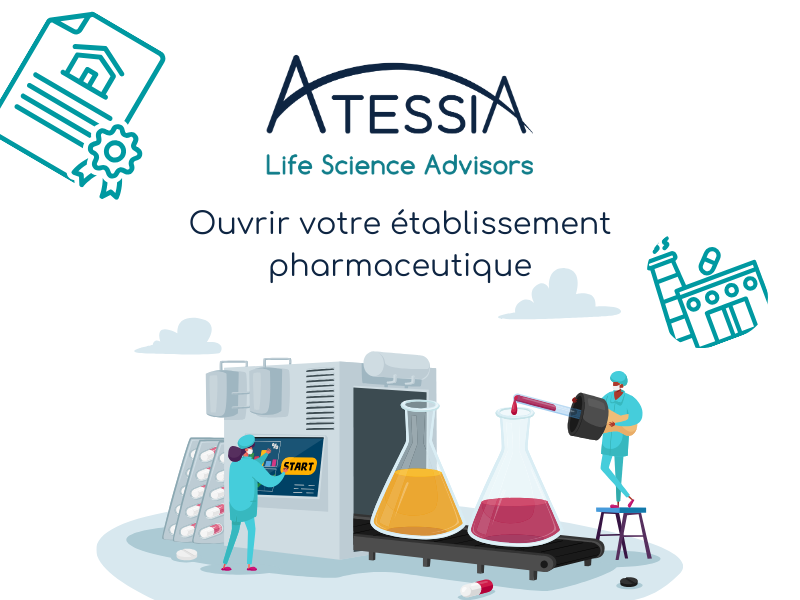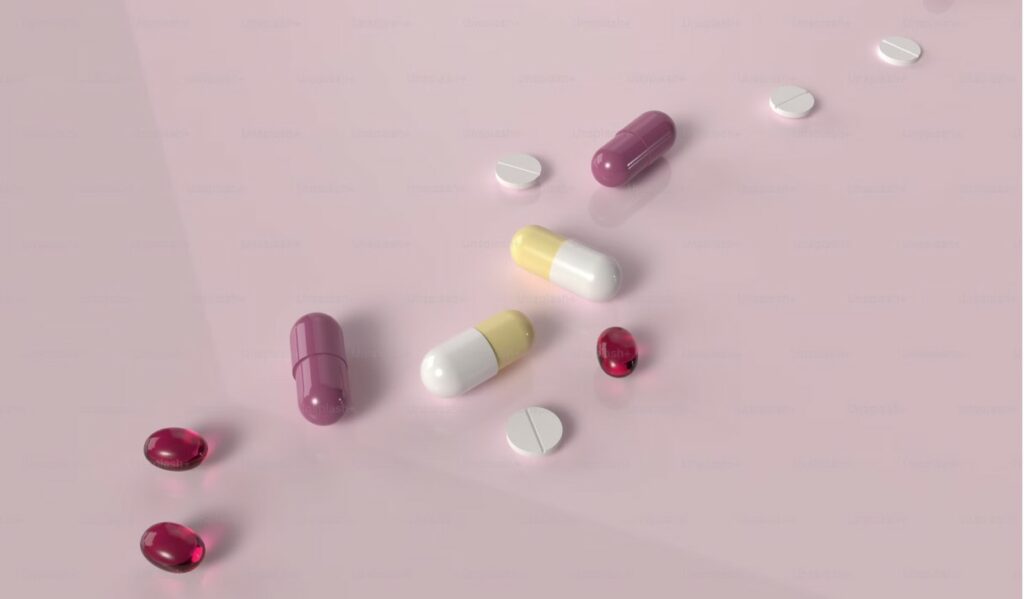ATESSIA, Your Guide to Efficient Regulatory Affairs in the Pharma Industry
In the intricate and highly regulated world of pharmaceuticals and healthcare, ATESSIA stands out as a consulting firm dedicated to guiding companies through the complexities of regulatory affairs. Recognizing the critical role of compliance and patient safety, ATESSIA offers comprehensive expertise that spans scientific documentation, clinical trials, regulatory submissions, and pharmacovigilance. By ensuring seamless collaboration with regulatory authorities across multiple jurisdictions, ATESSIA helps companies achieve compliance while driving growth and maintaining a strong focus on patient welfare and product efficacy.
Regulatory Affairs: a Growth Engine
Regulatory affairs are far more than a checklist of tasks—they represent a strategic driver of growth and innovation within the pharmaceutical and medical device sectors. At their core, they ensure that products meet the highest safety and quality standards, from development to commercialization. This involves aligning manufacturing processes with legal requirements, maintaining ongoing communication with regulatory authorities, and managing the vast documentation required for regulatory submissions.
Regulatory affairs also operate as a vital connector, fostering collaboration across clinical, medical, and marketing teams to ensure that every stage of product development adheres to regulatory standards. Beyond compliance, they enable strategic growth by guiding research and development efforts, supporting faster market access through regulatory frameworks, and facilitating partnerships and licensing agreements. Moreover, regulatory expertise ensures that companies can enter new markets efficiently, navigating diverse local requirements while maintaining compliance for existing products as regulations evolve.
Balancing Regulatory Workload
An overburdened regulatory workload can strain a company’s resources, stifling growth and innovation. ATESSIA’s solutions address this challenge by alleviating internal pressures, allowing teams to focus on core activities such as clinical trials and market strategy.
By partnering with ATESSIA, companies gain access to a balanced approach to regulatory affairs. ATESSIA’s expertise accelerates market access by efficiently managing regulatory submissions and ensures operations remain cost-effective and controlled. As an independent consultancy, ATESSIA provides objective and unbiased advice, enabling clients to navigate the complexities of the regulatory landscape with confidence.
What makes french Regulatory Affairs unique and how can ATESSIA Help?
The French pharmaceutical market presents unique challenges and opportunities due to its distinct regulatory environment. Stringent requirements from the ANSM (Agence Nationale de Sécurité du Médicament et des Produits de Santé), coupled with specific laws such as the Public Health Code, create a complex framework for compliance. ATESSIA acts as a strategic partner for international companies, offering expert guidance to navigate these complexities and thrive in the French market.
Key challenges include obtaining Exploitant status, adhering to packaging and labeling requirements, maintaining robust pharmacovigilance systems, and complying with strict advertising and anti-gift regulations. ATESSIA also supports companies in negotiating pricing and reimbursement with the HAS (Haute Autorité de Santé) and the CEPS (Comité Économique des Produits de Santé), ensuring optimal market entry strategies and compliance.
ATESSIA’s Commitment to Customer Experience
Led by Géraldine Baudot-Visser, ATESSIA is built on a foundation of precision, flexibility, and a deep understanding of client needs. The company prioritizes tailored solutions, crafting regulatory strategies that align with each client’s specific context, sector, and objectives. With a commitment to transparency, ATESSIA ensures clear and open communication throughout every project, empowering clients to make informed decisions confidently.
This long-term partnership approach positions ATESSIA as more than just a regulatory consultant. By adapting to changing regulatory environments and supporting clients as they grow, ATESSIA becomes an essential ally in achieving compliance and fostering sustainable growth.
ATESSIA transforms regulatory affairs from an operational challenge into a strategic tool for success. By providing unparalleled support and expertise, the company helps pharmaceutical businesses navigate complex landscapes, achieve compliance, and capitalize on growth opportunities.
For more information, visit www.atessia.fr or reach out via email at hello@atessia.fr. ATESSIA’s team is ready to help optimize your regulatory affairs and support your strategic objectives.
To read the full article on Silicon Review, click here!




